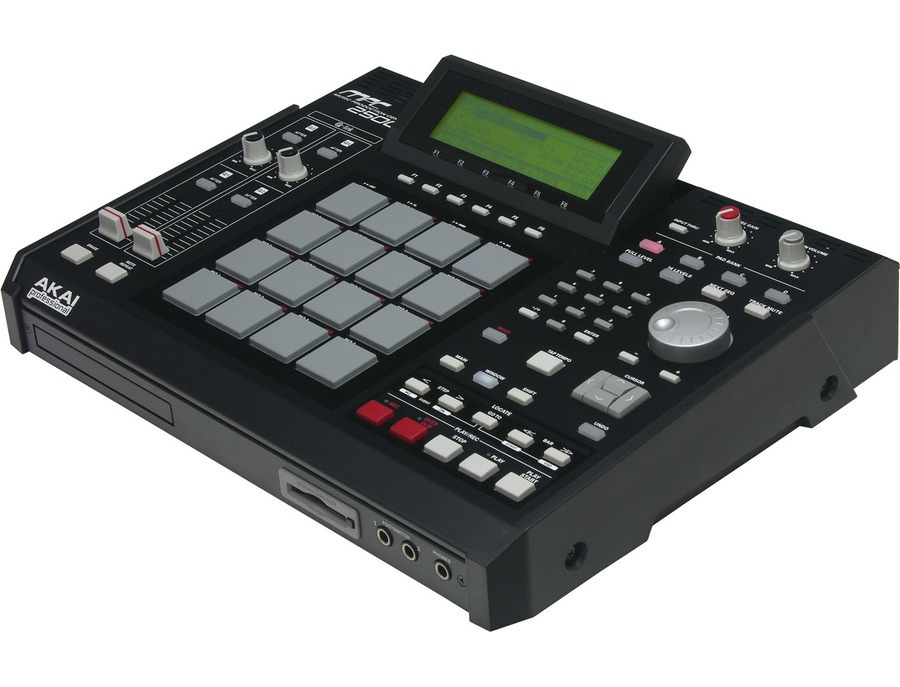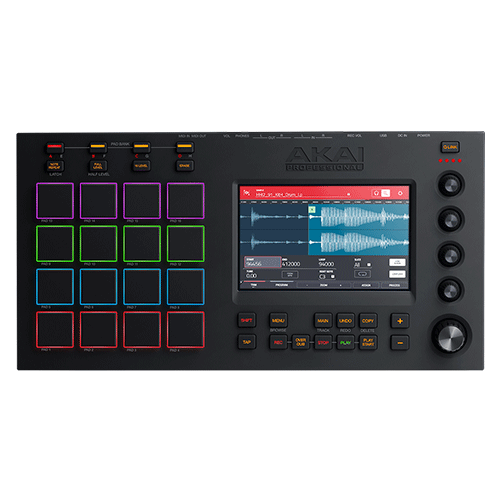



- AKAI PROFESSIONAL MPC ONE REVIEW MOD
- AKAI PROFESSIONAL MPC ONE REVIEW PATCH
- AKAI PROFESSIONAL MPC ONE REVIEW FULL
The 16 Levels and Full Level options are here too, and you have eight Pad Banks at your disposal. The 16 RGB-backlit velocity-sensitive pads aren’t full-size, as on the MPC Live II, but are similar to those on the MPC One. There’s also a Note Repeat button primed for hi-hat and snare rolls, quickly configurable via the strip. Long-press the Touch FX and Touch Strip buttons to change the functions and effects of the strip and activate filters, phasers, creative octave effects and more.
AKAI PROFESSIONAL MPC ONE REVIEW MOD
The robust pitch and mod wheels to the left of the keyboard are satisfying and responsive and, for further effects and modulation, there’s a multi-faceted touch strip on the left of the top panel. The onboard arpeggiator can tackle various timing and pattern modes, and there’s a swing slider, a staple of the MPC series.
AKAI PROFESSIONAL MPC ONE REVIEW PATCH
You can trigger aftertouch modulation with a single key – if you’re playing a pad with a big chord, for example, you can deploy vibrato for the whole patch with only the lowest note. Players used to the keys of a synthesizer, however, should feel right at home, especially given the built-in aftertouch that makes expressive performances. The 61 keys are semi-weighted and fun to play, though experienced keyboardists will lament the lack of fully weighted keys. When we fire up the sleek MPC Key, we feel like we’re about to use a next-gen hardware instrument. Everything is backlit, too, making for easy navigation in dimly lit environments, and the central seven-inch screen is clear and vibrant – just as Akai promises. With a solid plastic casing and sturdy buttons and knobs, everything about it feels built to last and is a joy to tinker with. The MPC Key 61 is a genuine premium product. Granted, this instrument isn’t exactly essential to anyone’s setup – but it might tempt you with its expansive sound library, tactile workflow and deep featureset. With the launch of the MPC Key 61, Akai’s first foray into workstation keyboards, the brand already has creators stroking their chins about whether this powerhouse is worth its £1,700 asking price.


 0 kommentar(er)
0 kommentar(er)
